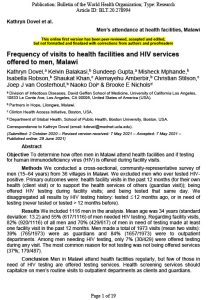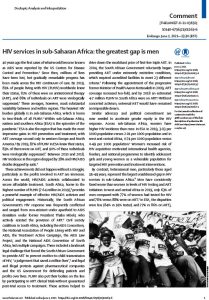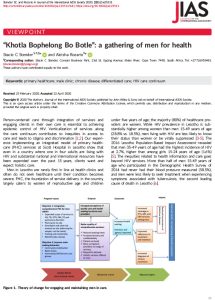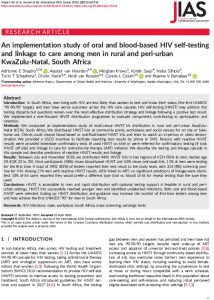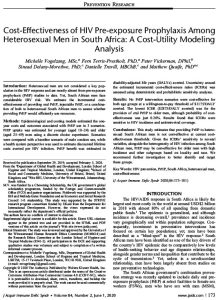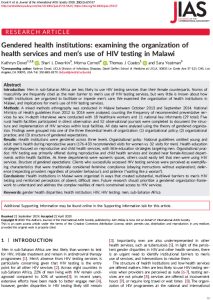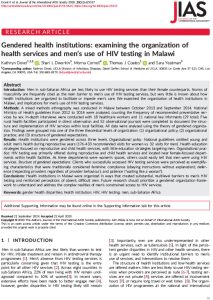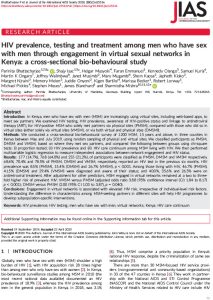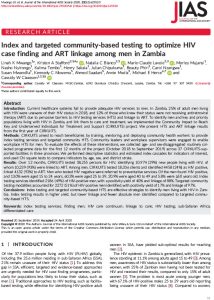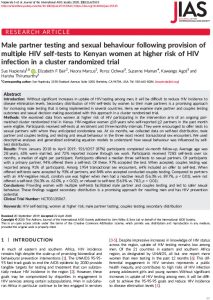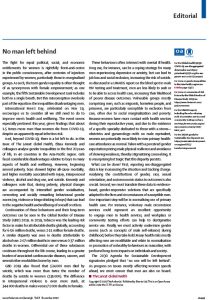Testing for HIV remains the critical step in getting linked into the HIV cascade of care. Understanding the local context is critically important to determine which are the best strategies to use and then implementing a strategic mix of HIV testing modalities. These include:
- Expand targeted community based testing (e.g. mobile, work, home)
- Implement guided HIV self-testing for high-risk men & boys
- Apply routine partner counselling & testing (e.g. index testing & assisted partner notification)


